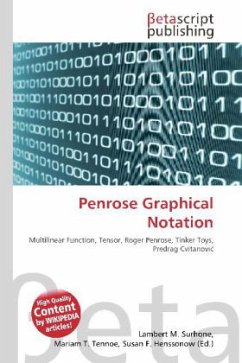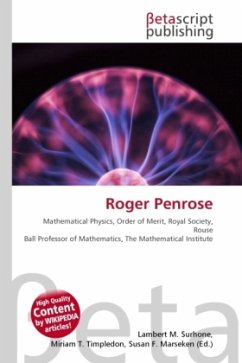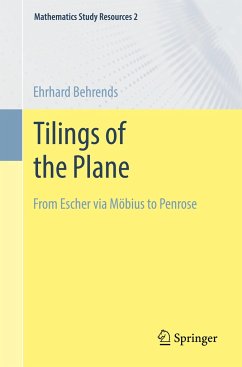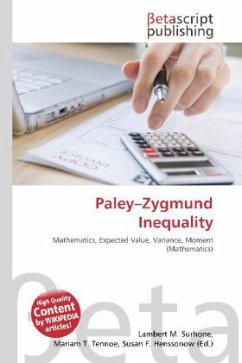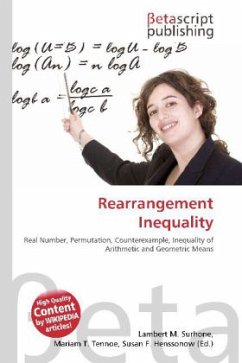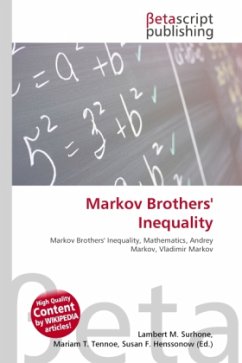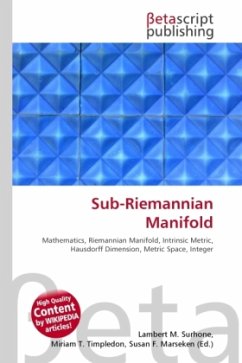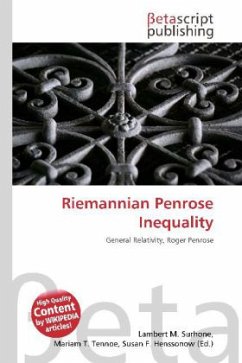
Riemannian Penrose Inequality
Versandkostenfrei!
Versandfertig in 6-10 Tagen
30,99 €
inkl. MwSt.

PAYBACK Punkte
15 °P sammeln!
Please note that the content of this book primarily consists of articles available from Wikipedia or other free sources online. In mathematical general relativity, the Penrose inequality, first conjectured by Sir Roger Penrose, estimates the mass of a spacetime in terms of the total area of its black holes and is a generalization of the positive mass theorem. The Riemannian Penrose inequality is the most important special case. Specifically, if (M, g) is an asymptotically flat Riemannian 3-manifold with nonnegative scalar curvature and ADM mass m, and A is the area of the outermost minimal sur...
Please note that the content of this book primarily consists of articles available from Wikipedia or other free sources online. In mathematical general relativity, the Penrose inequality, first conjectured by Sir Roger Penrose, estimates the mass of a spacetime in terms of the total area of its black holes and is a generalization of the positive mass theorem. The Riemannian Penrose inequality is the most important special case. Specifically, if (M, g) is an asymptotically flat Riemannian 3-manifold with nonnegative scalar curvature and ADM mass m, and A is the area of the outermost minimal surface (possibly with multiple connected components), then the Riemannian Penrose inequality asserts m geq sqrt{frac{A}{16pi}}. This is purely a geometrical fact, and it corresponds to the case of a complete three-dimensional, space-like, totally geodesic submanifold of a (3 + 1)-dimensional spacetime. Such a submanifold is often called a time-symmetric initial data set for a spacetime. The condition of (M, g) having nonnegative scalar curvature is equivalent to the spacetime obeying the dominant energy condition.



